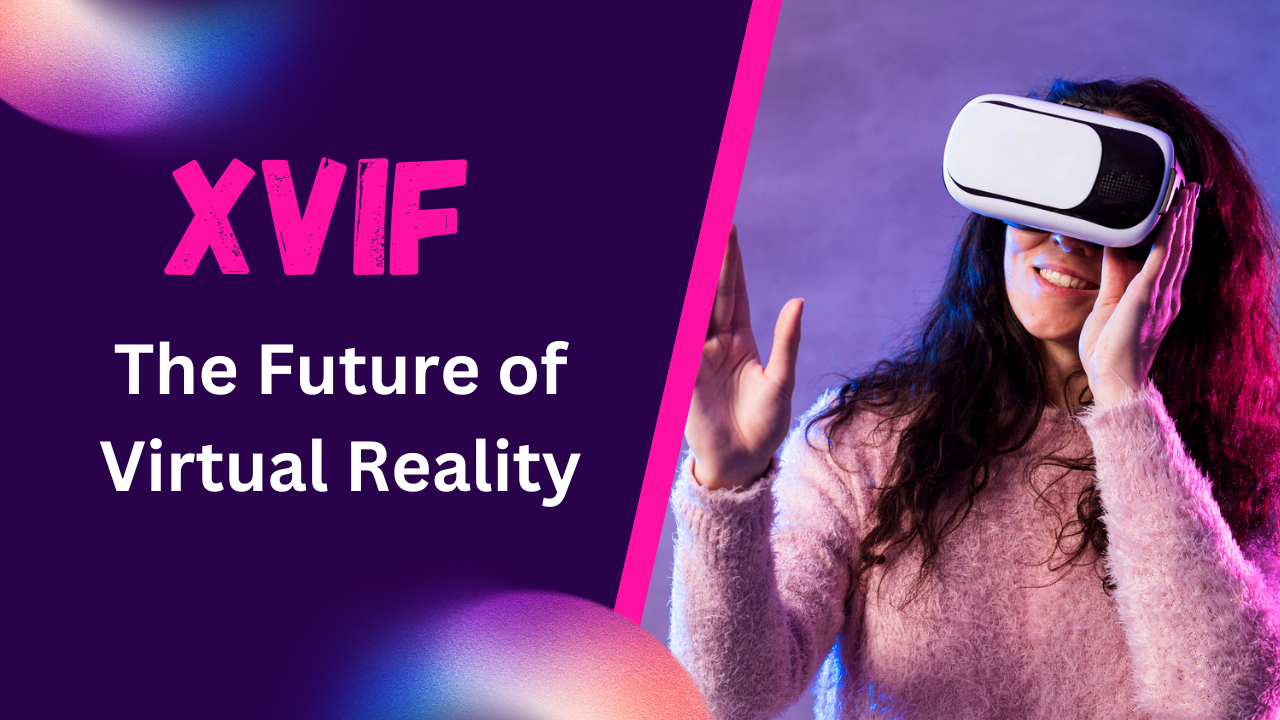Virtual Reality (VR) has come a long way since its inception, evolving from a niche technology to a transformative force across various industries. The latest breakthrough in this field is XVIF (Extended Virtual Interaction Framework), a cutting-edge platform poised to revolutionize our interaction with digital environments. This article delves into the potential of XVIF, its applications, and its implications for the future of VR.
What is XVIF?
XVIF, or Extended Virtual Interaction Framework, represents the next generation of VR technology. It combines advanced hardware, software, and AI to create immersive, interactive experiences that go beyond traditional VR. The framework aims to provide more realistic simulations, intuitive user interfaces, and seamless integration with real-world data.
Key Features of XVIF
- Enhanced Immersion: XVIF utilizes high-resolution displays, spatial audio, and haptic feedback to create a deeply immersive experience.
- AI-Driven Interactivity: AI algorithms analyze user behavior and adapt the virtual environment in real-time, offering personalized experiences.
- Cross-Platform Compatibility: XVIF supports various VR devices and platforms, ensuring accessibility and flexibility.
- Real-World Integration: The framework can integrate real-time data from the physical world, creating a blended reality experience.
Applications of XVIF
Gaming and Entertainment
One of the most exciting applications of XVIF is in gaming and entertainment. By offering enhanced immersion and interactivity, It can create game worlds that feel incredibly real. Players can engage with the environment and other characters in unprecedented ways, leading to more engaging and emotionally impactful experiences.
Education and Training
XVIF has significant potential in education and training. It can simulate real-world scenarios for training purposes, such as medical procedures, flight simulations, and emergency response drills. This allows learners to practice in a safe, controlled environment, improving their skills and confidence.
Healthcare
In healthcare, It can be used for therapy and rehabilitation. Virtual environments can be tailored to assist patients with various conditions, from physical therapy exercises to mental health treatments. The immersive nature of XVIF can enhance the effectiveness of these therapies, providing patients with more engaging and motivating experiences.
Workplace Collaboration
As remote work becomes increasingly common, It offers new ways to collaborate virtually. It can create realistic virtual offices and meeting spaces, enabling teams to interact and collaborate as if they were physically present together. This can improve communication, creativity, and productivity among remote teams.
Retail and E-Commerce
In retail, It can transform the shopping experience by creating virtual stores where customers can browse and purchase products in a 3D environment. This can make online shopping more engaging and help businesses showcase their products in a more appealing way.
The Future of XVIF
Technological Advancements
The future of XVIF will be driven by ongoing technological advancements. Improvements in display technology, AI, and haptic feedback will further enhance the realism and interactivity of virtual experiences. Additionally, advancements in network technology, such as 5G, will enable more seamless and responsive VR experiences.
Broader Adoption
As XVIF technology matures and becomes more accessible, we can expect broader adoption across various sectors. Businesses will increasingly recognize the value of immersive virtual experiences, leading to more widespread use of it in applications ranging from customer engagement to employee training.
Ethical and Social Considerations
With the rise of XVIF, ethical and social considerations will become increasingly important. Issues such as data privacy, digital addiction, and the digital divide will need to be addressed. It is crucial for developers, businesses, and policymakers to work together to ensure that this technology is used responsibly and equitably.
Conclusion
XVIF represents a significant leap forward in the field of virtual reality, offering enhanced immersion, interactivity, and real-world integration. Its applications span various industries, from gaming and entertainment to education and healthcare. As the technology continues to evolve, It has the potential to transform how we interact with digital environments and each other, paving the way for a more immersive and connected future.
By staying at the forefront of these developments and addressing the associated challenges, we can harness the full potential of it to create meaningful and impactful virtual experiences. The future of VR is here, and it is embodied in the Extended Virtual Interaction Framework.










